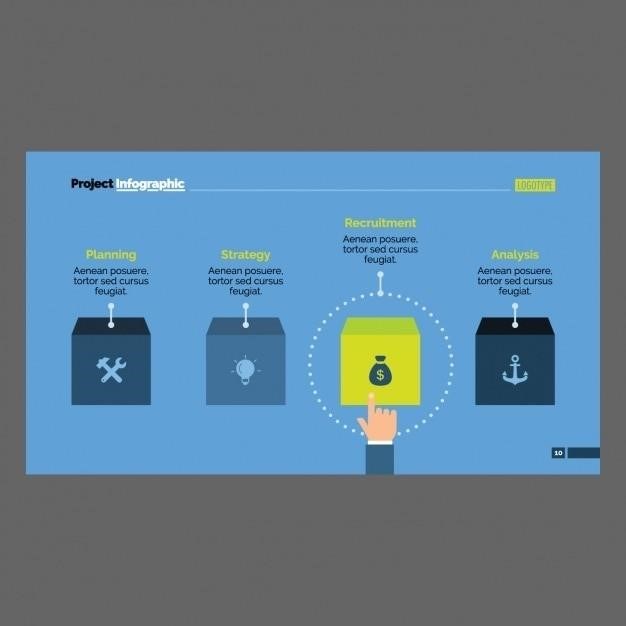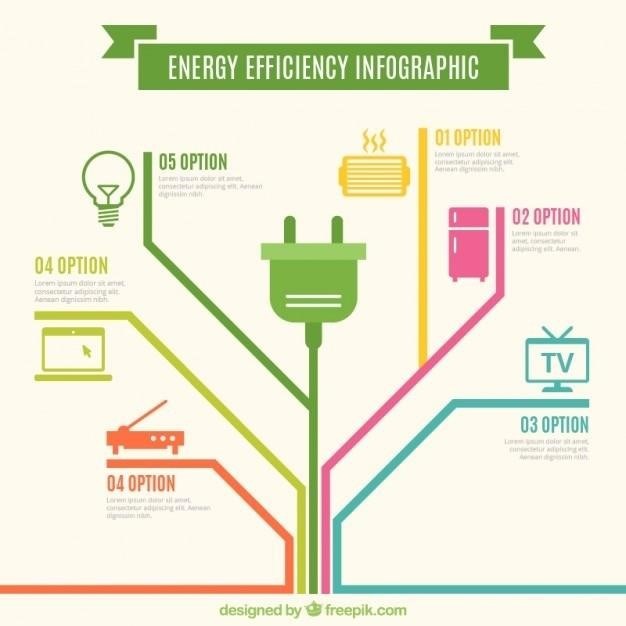Understanding 3-Way Switch Wiring
3-way switch wiring diagrams are essential for understanding how to control a light fixture from two different locations. These diagrams illustrate the connections between the power source, the switches, and the light fixture. They provide a visual representation of the wiring configuration, making it easier to install and troubleshoot 3-way switch circuits. Understanding 3-way switch wiring diagrams is crucial for both homeowners and electricians who want to ensure a safe and efficient installation.
Introduction to 3-Way Switches
3-way switches, also known as multi-location switches, are a common feature in homes, allowing you to control a light fixture from two separate locations. This is particularly useful for hallways, staircases, or rooms with multiple entry points. Unlike single-pole switches that only have two terminals, 3-way switches have three terminals, enabling them to switch the power flow between two different locations. The three terminals are typically labeled as “common,” “traveler,” and “ground.”
The “common” terminal connects to the power source, while the “traveler” terminals connect to the other 3-way switch and the light fixture. The “ground” terminal ensures safety by providing a path for electricity to flow back to the ground in the event of a fault. 3-way switches work by using two traveler wires, which are connected between the two switches. When one switch is turned on, the traveler wires carry power to the light fixture, turning it on. When the other switch is turned on, the traveler wires carry power to the light fixture, turning it on.
Components of a 3-Way Switch Circuit
A 3-way switch circuit typically comprises several key components that work together to control the light fixture from multiple locations. These components include⁚
- Power Source⁚ This is the electrical outlet or panel that supplies power to the circuit. The power source provides the hot, neutral, and ground wires.
- 3-Way Switches⁚ These switches are the control points for the light fixture, allowing you to turn it on or off from two different locations. Each 3-way switch has three terminals⁚ a common terminal, a traveler terminal, and a ground terminal.
- Traveler Wires⁚ These wires connect the two 3-way switches and carry the power signal between them. Traveler wires are typically red and black, with one wire carrying the power signal from one switch and the other wire carrying the power signal from the other switch.
- Light Fixture⁚ This is the device that is being controlled by the 3-way switch circuit, such as a light bulb or a ceiling fan. The light fixture has a common terminal, a neutral terminal, and a ground terminal.
- Ground Wire⁚ This wire provides a safe path for electricity to flow back to the ground in the event of a fault. The ground wire is typically green or bare copper.
These components work together to create a complete circuit that allows you to control the light fixture from two different locations. The traveler wires carry the power signal between the switches, allowing you to turn the light fixture on or off from either switch.
Types of 3-Way Switch Wiring Diagrams
3-way switch wiring diagrams are typically presented in a variety of formats, each offering a different perspective on the circuit’s configuration. Some common types of 3-way switch wiring diagrams include⁚
- Schematic Diagrams⁚ These diagrams use standardized symbols to represent the various components of the circuit, including switches, wires, and the light fixture. Schematic diagrams are often used to show the logical flow of electricity and the relationships between components.
- Wiring Diagrams⁚ These diagrams depict the physical layout of the wires and components in the circuit. Wiring diagrams typically show the actual paths of the wires and their connections to the switches, light fixture, and power source. They are useful for visualizing the physical installation of the circuit.
- Simplified Diagrams⁚ These diagrams provide a more basic representation of the circuit, focusing on the essential connections and components. Simplified diagrams are often used for educational purposes or as a quick reference guide for basic troubleshooting.
- PDF Diagrams⁚ These diagrams are digital files that can be easily accessed and printed. PDF diagrams are often used as downloadable resources for homeowners and electricians, providing detailed instructions and visual guides for installing and troubleshooting 3-way switch circuits.
The specific type of 3-way switch wiring diagram used will depend on the purpose and audience. For example, a schematic diagram may be preferred for understanding the circuit’s logic, while a wiring diagram may be more helpful for visualizing the physical installation.

Common 3-Way Switch Wiring Diagram PDFs
Several manufacturers provide downloadable PDF wiring diagrams for their 3-way switches, offering detailed instructions and visual guides.
Eaton 3-Way Switch Diagram
Eaton, a leading manufacturer of electrical components, offers a comprehensive 3-way switch wiring diagram that simplifies the installation process. The diagram clearly illustrates the connections between the power source, the switches, and the light fixture. It shows how the traveler wires are connected between the two switches, ensuring that the circuit is properly wired for safe and reliable operation. Eaton’s diagram is particularly helpful for homeowners and electricians who are unfamiliar with 3-way switch wiring. It provides a step-by-step visual guide that eliminates confusion and ensures a successful installation.
Legrand 3-Way Switch Wiring Diagram
Legrand, a renowned provider of electrical solutions, offers a detailed 3-way switch wiring diagram that guides users through the installation process. The diagram is divided into three sections⁚ the power source, the switch locations, and the light fixture. The power source section clearly shows the connection to the electrical panel or power source, including the hot wire, neutral wire, and ground wire. This helps users understand the origin of the electrical current and its path to the switches. The switch locations section illustrates how the traveler wires connect between the two switches, ensuring proper communication and control of the light fixture. Finally, the light fixture section demonstrates the connection between the switch and the light fixture, completing the circuit and enabling light activation.
Pass and Seymour 3-Way Switch Wiring Diagram
Pass and Seymour, a reputable manufacturer of electrical components, provides a comprehensive 3-way switch wiring diagram to guide users through the installation process. The diagram clearly outlines the connection points for the various wires, including the line/load wires, traveler wires, and ground wires. The line/load wires, which carry the power supply, are connected to the common terminal on each switch. The traveler wires, responsible for transmitting the control signal between the switches, are connected to the traveler terminals. The ground wires, ensuring electrical safety, are connected to the ground terminals on both switches and the light fixture. The diagram also highlights the importance of using appropriate wire types and sizes for a safe and efficient installation. Following these instructions meticulously helps users ensure proper wiring and prevent potential electrical hazards.
Wiring a 3-Way Switch
Wiring a 3-way switch involves connecting the power source, the switches, and the light fixture using specific wiring configurations. These configurations ensure proper control of the light from two different locations.
Step-by-Step Guide to Wiring a 3-Way Switch
Wiring a 3-way switch can seem daunting, but with a clear understanding of the process and a step-by-step guide, it becomes manageable. The first step involves turning off the power to the circuit at the breaker box, ensuring safety. Next, identify the wires⁚ a black “hot” wire, a white “neutral” wire, and a bare copper “ground” wire. The black wire will connect to the common terminal on both switches, while the white wires connect to the neutral terminals. The traveler wires, typically red and black, connect the two switches. After connecting the wires, secure them with screws, ensuring a tight connection. Finally, test the circuit by turning the power back on and checking if the light fixture can be controlled from both switch locations. Remember to double-check all connections and consult a qualified electrician if unsure about any steps.
Troubleshooting 3-Way Switch Wiring
Troubleshooting a 3-way switch wiring problem can be frustrating, but it often boils down to a few common issues. First, ensure the power is off at the breaker before inspecting the wiring. A common problem is loose connections, so double-check that all wires are securely fastened with screws. Next, verify the wire colors are correctly connected⁚ the black “hot” wire to the common terminal, white “neutral” to the neutral terminal, and the traveler wires (typically red and black) to the traveler terminals. If the light doesn’t turn on at all, check for a blown fuse or tripped circuit breaker. If the light only works from one switch, the traveler wires might be connected incorrectly or the switch itself could be faulty. Finally, if the light flickers or behaves erratically, there might be a short circuit in the wiring. If unsure, consult a licensed electrician for safe and effective troubleshooting.
Safety Precautions for 3-Way Switch Wiring
Working with electrical wiring requires utmost caution. Always prioritize safety when wiring a 3-way switch. The first and most important step is to turn off the power at the circuit breaker before touching any wires. Double-check that the power is off by using a voltage tester. Never work on electrical wiring when wet or standing on a damp surface, as this increases the risk of electric shock. Wear appropriate safety gear, including insulated gloves and safety glasses, to protect yourself from potential hazards. When working in a confined space, ensure adequate ventilation to prevent overheating. Before connecting any wires, carefully inspect them for damage or wear; Finally, remember to follow all local electrical codes and regulations to ensure a safe and compliant installation.
Additional Resources
For further assistance and information, consider exploring online tutorials, videos, and professional electrician services.
3-Way Switch Wiring Diagram PDF Downloads
Numerous websites and manufacturers offer free 3-way switch wiring diagram PDFs for download. These diagrams provide a clear visual representation of the wiring connections, making installation and troubleshooting much easier. Some popular sources for these PDFs include Eaton, Legrand, and Pass and Seymour. When searching for 3-way switch wiring diagrams, be sure to specify the brand of switches you are using, as wiring configurations may vary depending on the manufacturer. These PDFs are an invaluable resource for homeowners and electricians alike, offering a step-by-step guide for wiring 3-way switch circuits.
Online Tutorials and Videos
The internet is a treasure trove of information when it comes to understanding 3-way switch wiring. Numerous online tutorials and videos provide step-by-step instructions and visual explanations of the wiring process. These resources can be incredibly helpful for both beginners and experienced DIYers. Many tutorials focus on specific aspects of 3-way switch wiring, such as identifying the different types of wires, connecting the switches, and troubleshooting common problems. Videos, in particular, offer a dynamic and engaging way to learn by visually demonstrating the wiring process. Whether you prefer written guides or visual demonstrations, online tutorials and videos are a valuable resource for mastering the intricacies of 3-way switch wiring.
Professional Electrician Services
While DIY projects can be rewarding, electrical work can be dangerous if not performed correctly. If you are unsure about any aspect of 3-way switch wiring, it is always best to consult a licensed and experienced electrician. Professional electricians possess the knowledge, skills, and tools to safely and efficiently install and troubleshoot 3-way switch circuits. They can also provide guidance on the proper use of 3-way switch wiring diagrams and ensure that your installation meets all applicable codes and standards. Hiring a professional electrician not only ensures a safe and reliable installation but can also save you time and potentially prevent costly mistakes that could occur with a DIY approach.
